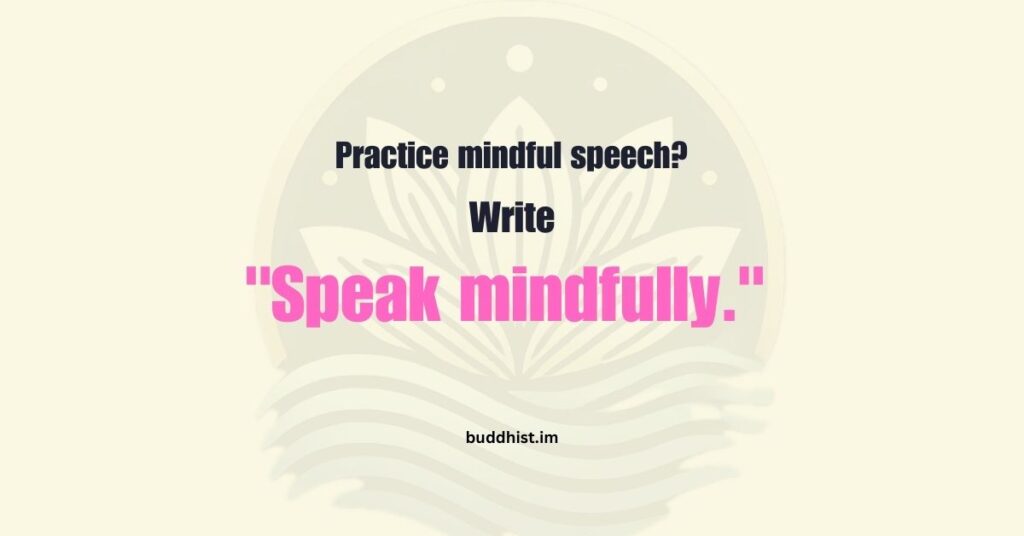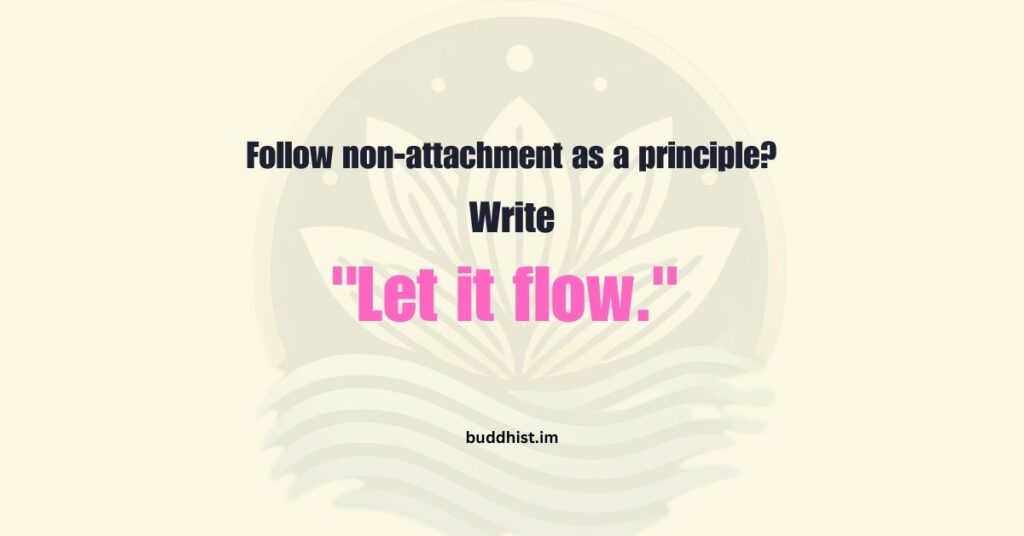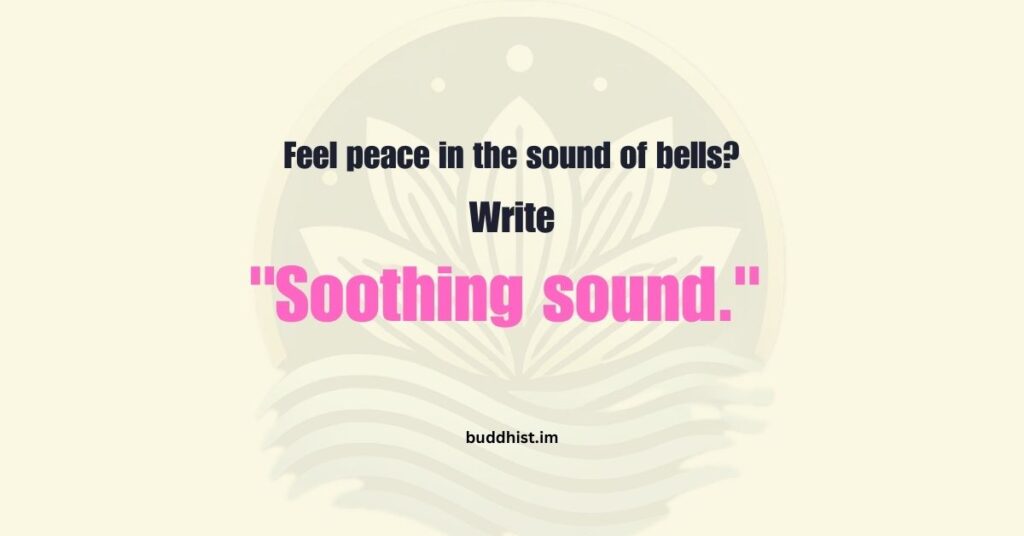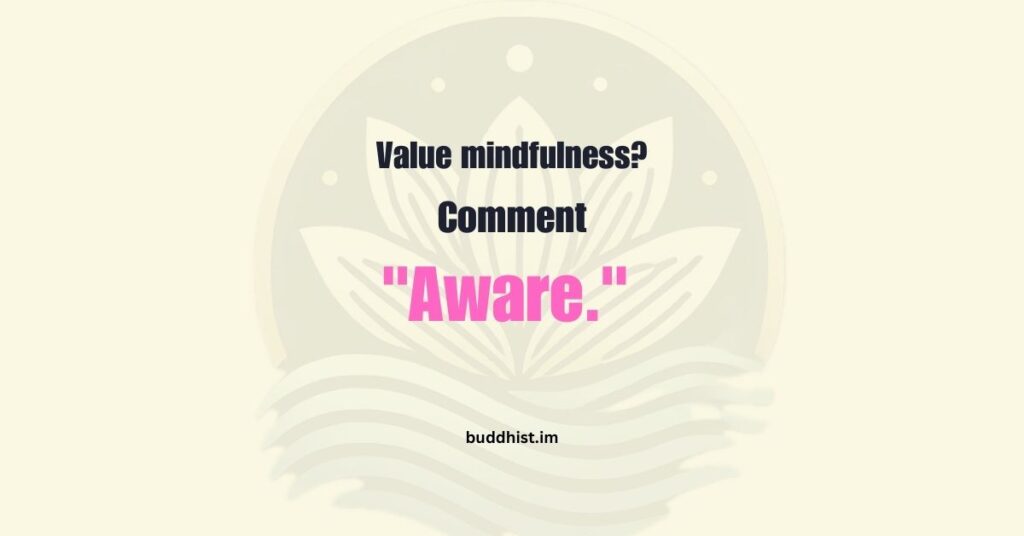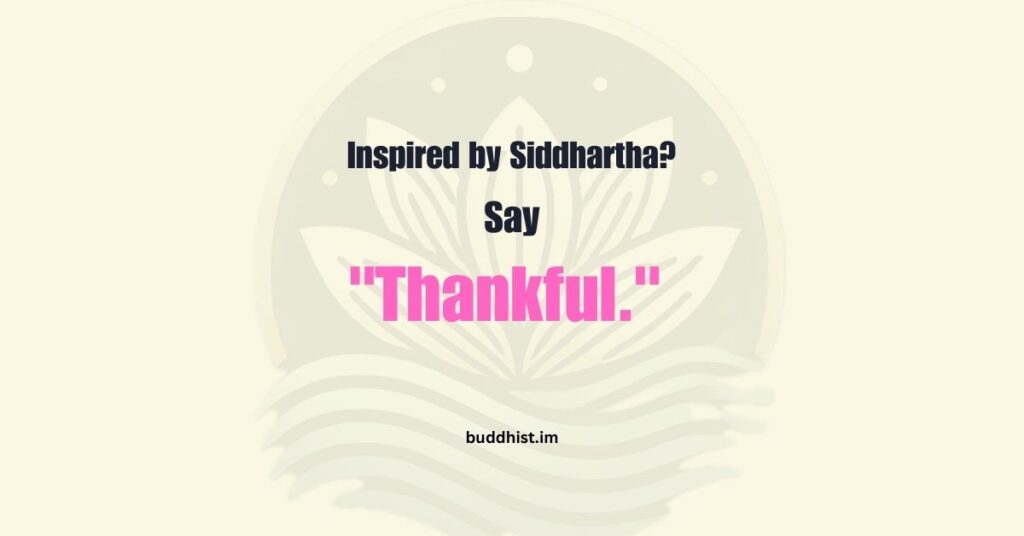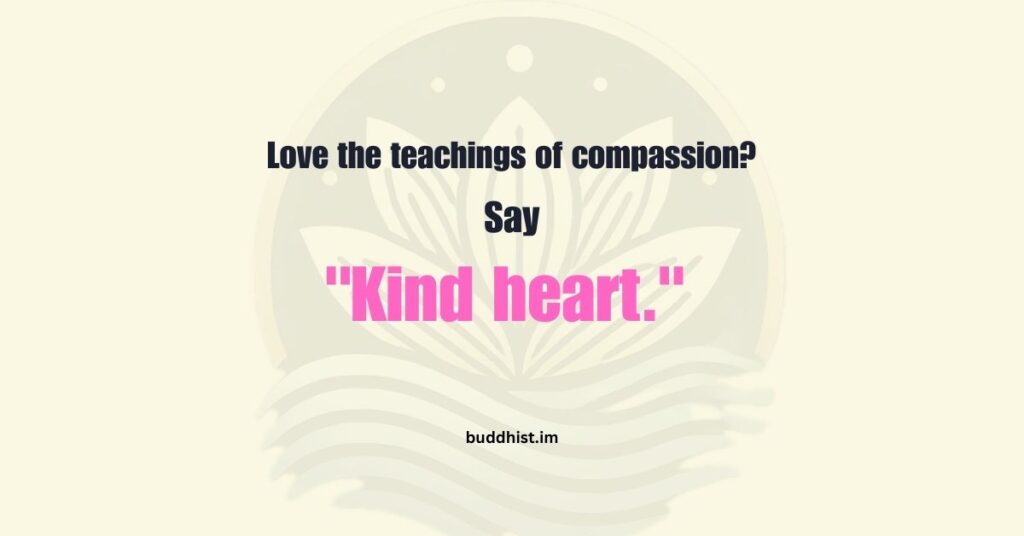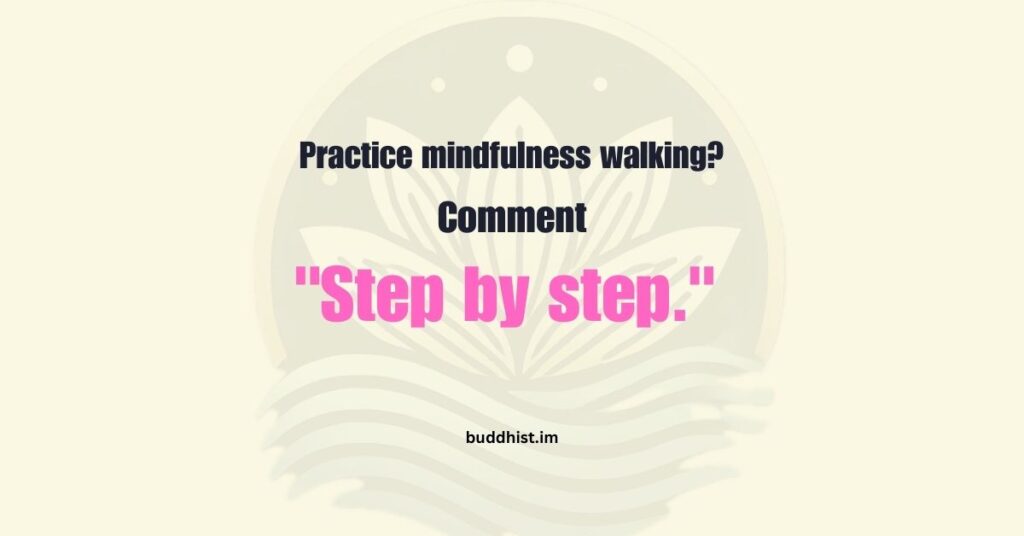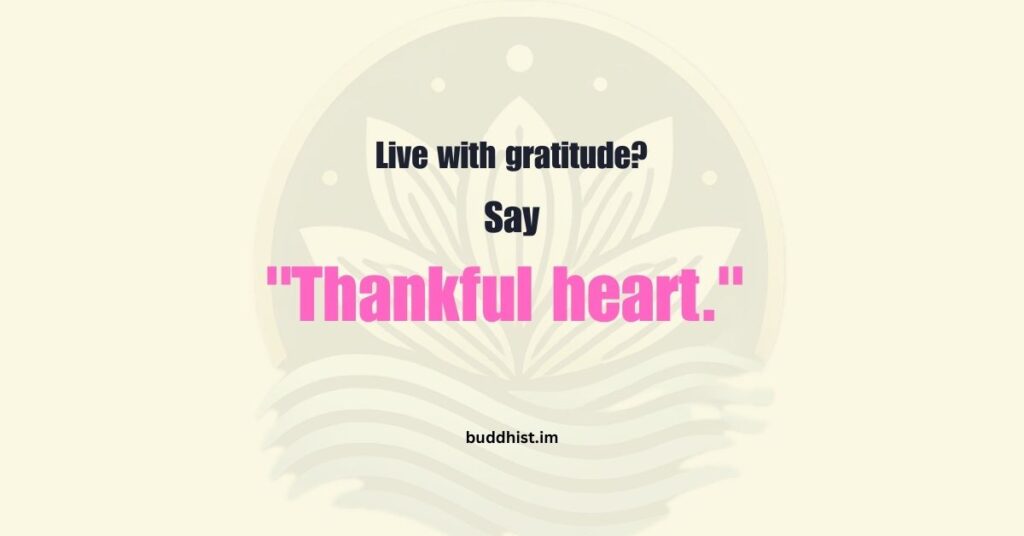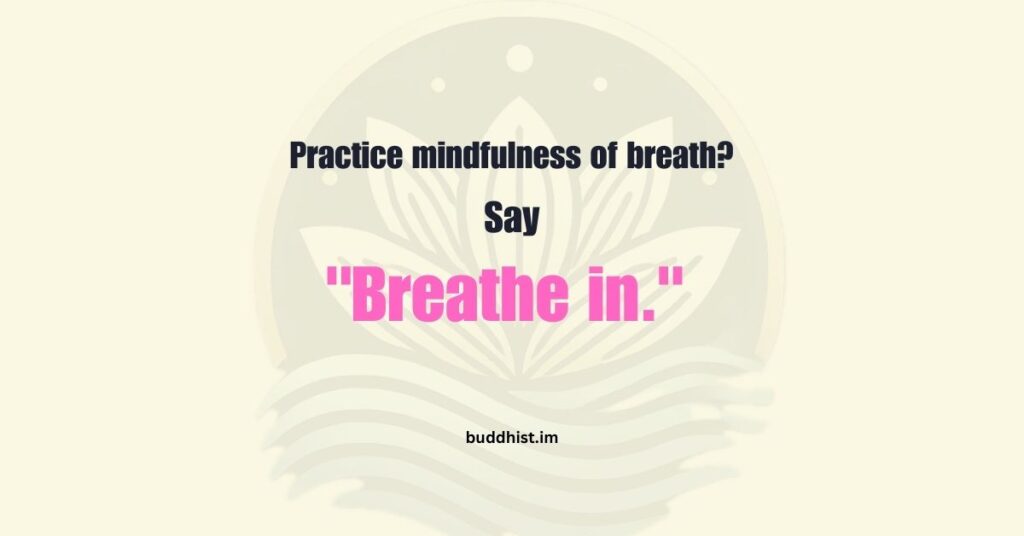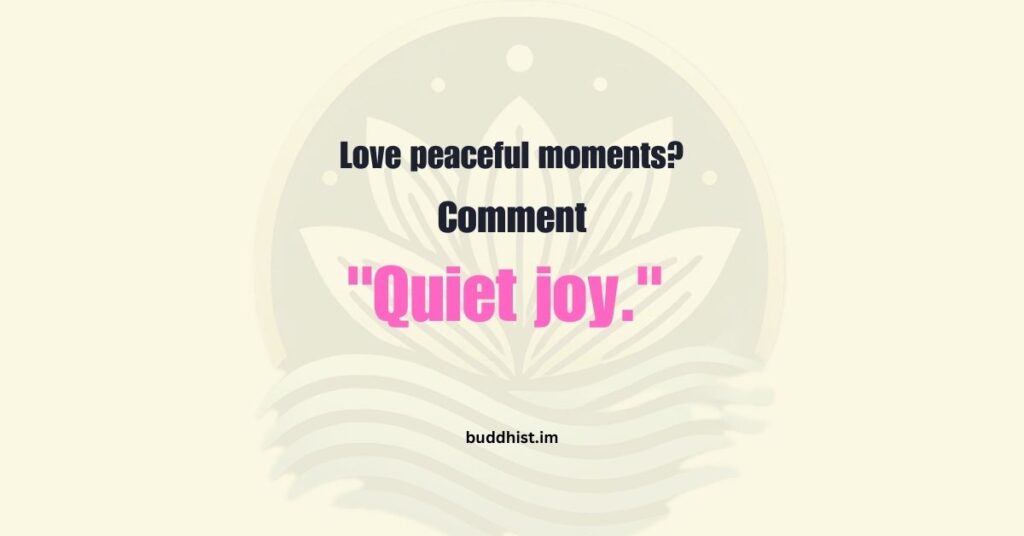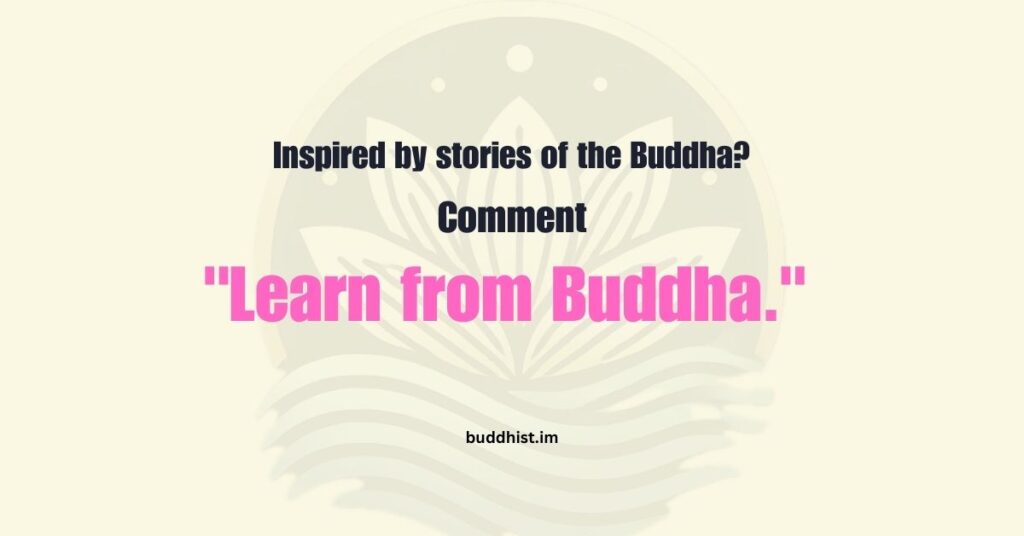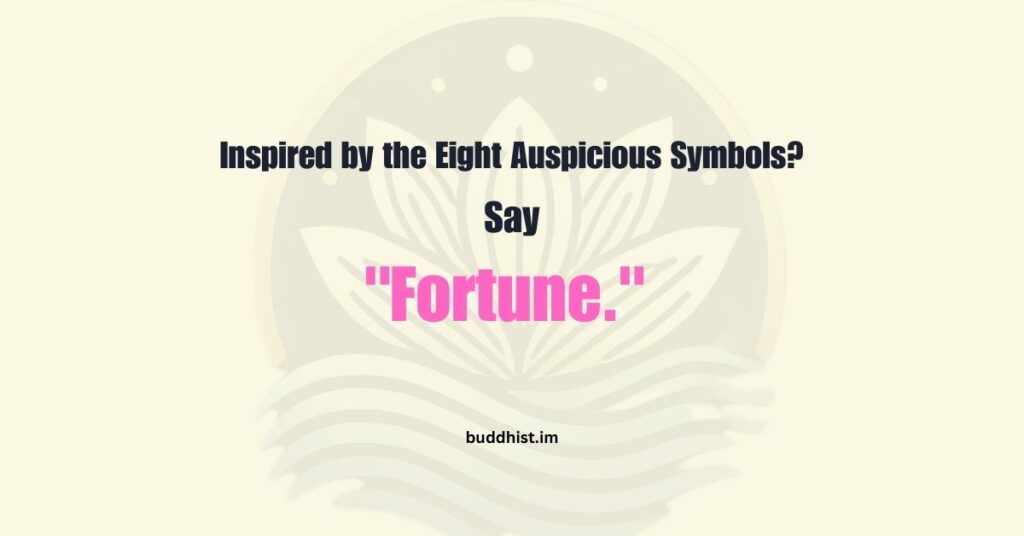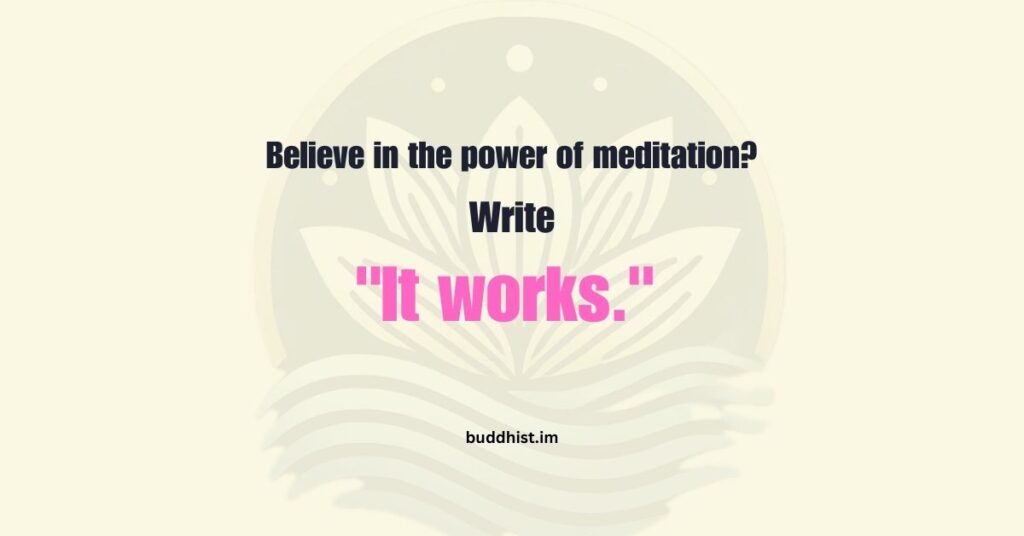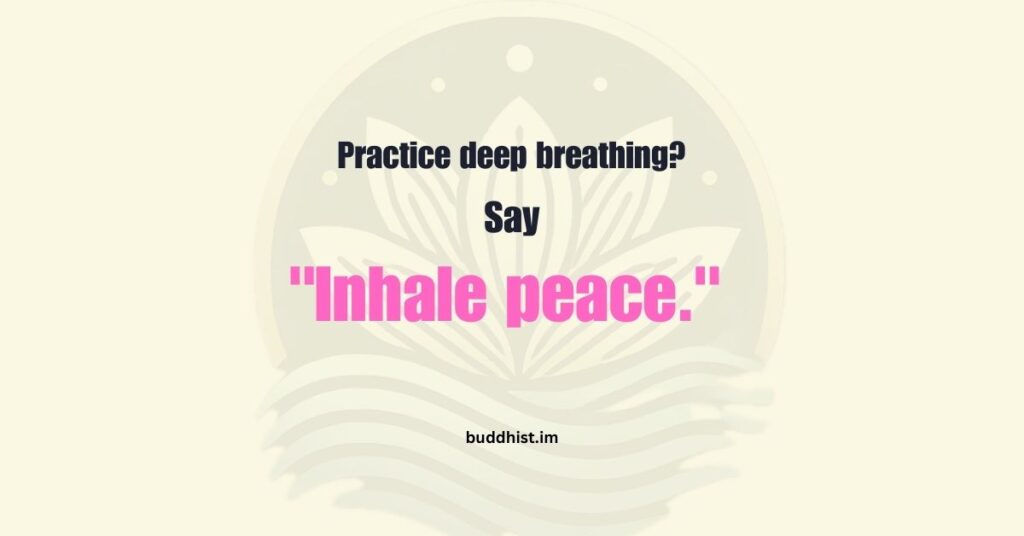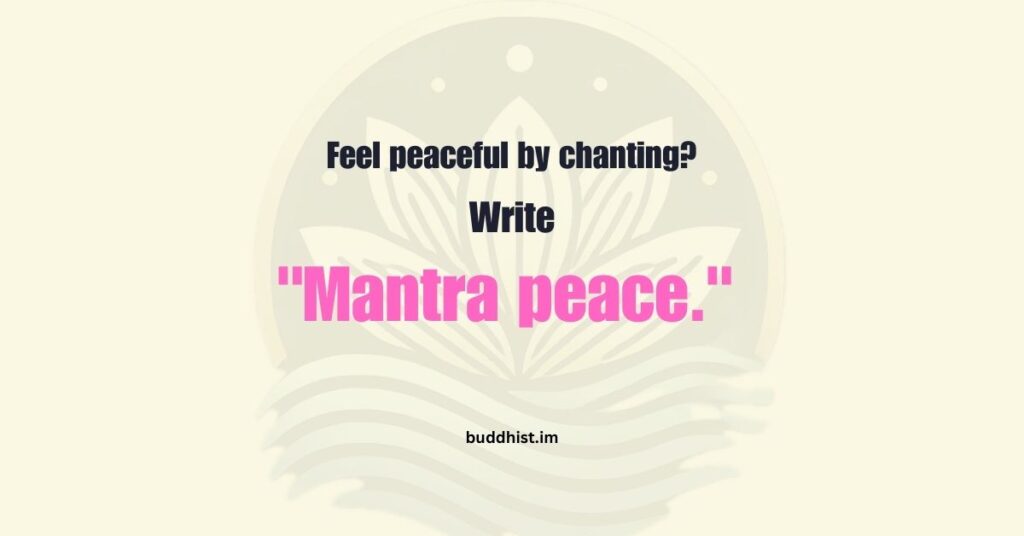Imagine this: you’re holding onto a rope, and the harder you cling, the deeper it digs into your palms. The rope represents control, over your career, relationships, even that ever-growing pile of laundry. Now, what if you simply… let go? Scary, right? But also, maybe… liberating? Let’s talk about how loosening the grip on control might just be the key to unlocking more joy, and how a little Buddhist wisdom can help light the way.
The Illusion of Control (Spoiler: It’s Not Real!)
Here’s a hard truth: we don’t actually control much. Life’s like a beach, you can build the most intricate sandcastle, but you can’t stop the waves from coming. And that’s okay! In Buddhism, there’s a concept called anicca, or impermanence, which reminds us that everything, the good, the bad, and even your perfectly winged eyeliner, is temporary. Clinging to control is like trying to stop the tide with a teaspoon. Pointless, exhausting, and, frankly, bad for your mental health.
But What About My To-Do List?
Let’s be real: modern life can feel like a circus, and you’re the one juggling flaming torches. Work, family, friendships, and self-care (whatever that is) all demand your attention. The idea of letting go might sound like abandoning ship. But it’s not about neglecting responsibilities, it’s about releasing the need to micromanage every aspect of life.
Picture this: instead of agonizing over which shade of green to paint your kitchen, you decide, “Whatever shade it ends up being, I’ll make it work.” That’s letting go of control in action. It’s trusting yourself to handle whatever comes next instead of obsessing over every detail.
How Letting Go Creates Space for Joy
Think about all the time and energy you spend trying to control the uncontrollable. Now imagine redirecting that energy toward things that truly bring you happiness. By letting go, you create mental and emotional space for joy to flourish.
In Buddhist practice, there’s a term called upekkha, or equanimity. It’s the ability to stay calm and balanced, even when life throws a curveball. When you let go of control, you’re practicing upekkha. Instead of wasting energy on what you can’t change, you invest it in what you can appreciate. Like that first sip of coffee in the morning or the way your dog’s tail wags when you come home.
Practical Ways to Let Go and Lighten Up
Okay, so how do you actually start letting go? Here are a few baby steps:
- Practice the Art of “Good Enough.” Forget perfection. Your house doesn’t have to look Pinterest-worthy 24/7. Embrace the beauty of a slightly messy, lived-in space. (Who has time to alphabetize spice jars, anyway?)
- Meditate, But Keep It Real. Meditation doesn’t have to mean sitting cross-legged for hours. Try this: take five deep breaths and focus on the sensation of air entering and leaving your nose. Boom. You’re meditating. Start small, stay consistent.
- Flip the Script on “Failures.” Spilled coffee? Missed deadline? Instead of spiraling, ask yourself, “What’s the lesson here?” Often, it’s not as catastrophic as it seems, and sometimes, it’s downright funny.
- Play the “What If?” Game, in Reverse. Instead of worrying about worst-case scenarios, imagine best-case ones. What if letting your partner pack the kids’ lunches meant you got an extra 15 minutes of sleep? What if turning off your phone for an hour gave you time to rediscover your love of doodling?
- Say “No” Without Guilt. You can’t pour from an empty cup. Saying “no” to things that drain you is saying “yes” to your well-being. Bonus points if you do it with a smile and zero explanations.
Letting Go in Real Life: A Short Story
Take Emily, for example. A 40-something mom of two, Emily used to stress about everything from PTA bake sales to meeting work deadlines. One day, after an epic meltdown over mismatched socks, she decided to try a new mantra: “Let it be.”
The next time her kids left Legos all over the living room, she breathed deeply, stepped around them, and went to read her favorite book. Sure, the Legos didn’t magically clean themselves, but Emily’s mood improved, and guess what? Her kids noticed. They eventually pitched in, and everyone laughed about it. Letting go didn’t just free Emily’s joy; it spread it.
The Bigger Picture
Here’s the thing: letting go doesn’t mean giving up. It means giving in to life’s natural flow. It means recognizing that control is overrated and joy is underrated. It means trusting that, like a flower blooming in its own time, everything unfolds just as it’s meant to.
So, what if letting go of control really could free your joy? What if you stopped trying to manage every little detail and started savoring the unpredictable beauty of life? You might just find that the less you grip, the more you glow. And isn’t that what we’re all after, to shine, laugh, and love, come what may?
Let’s start letting go, one imperfect, wonderful moment at a time.
